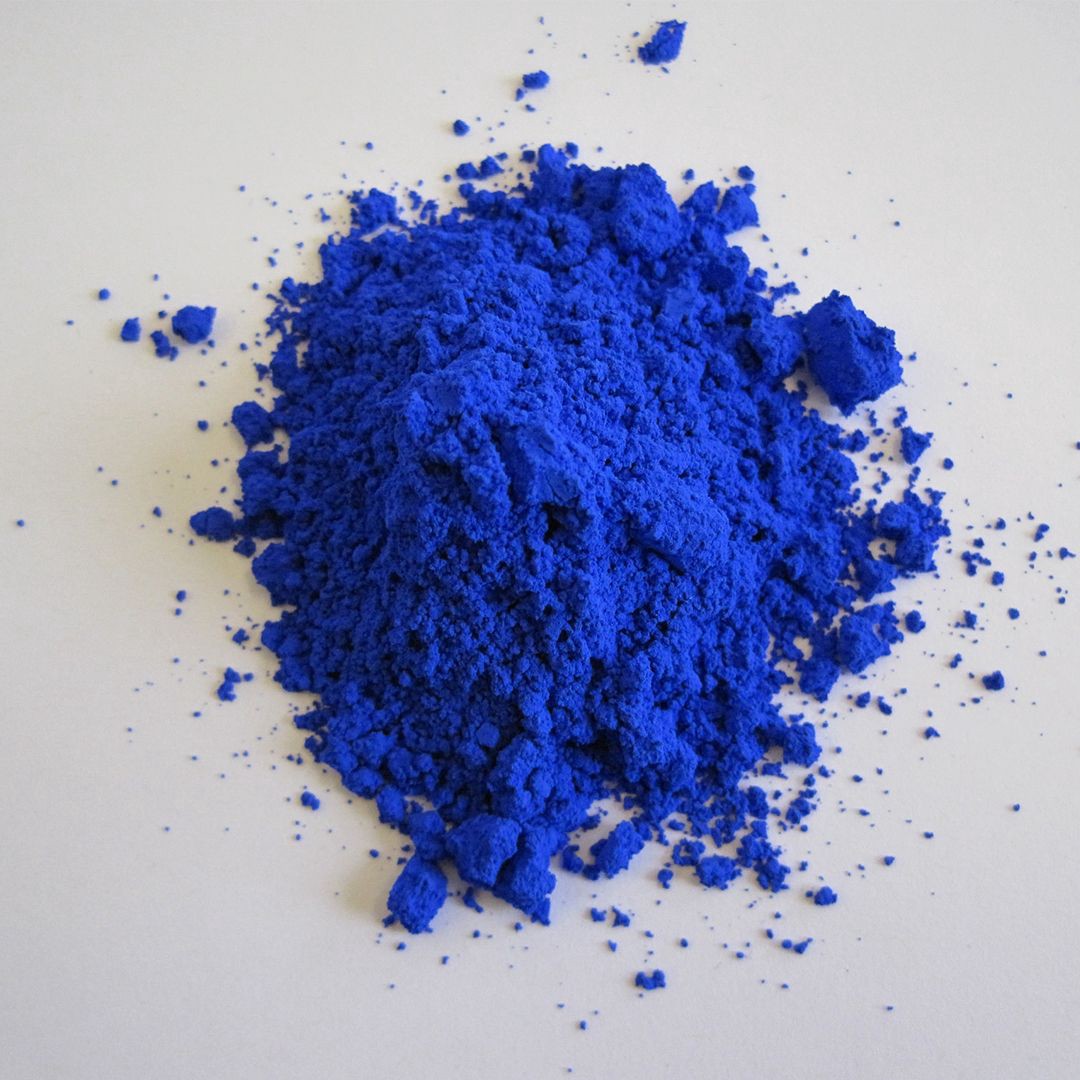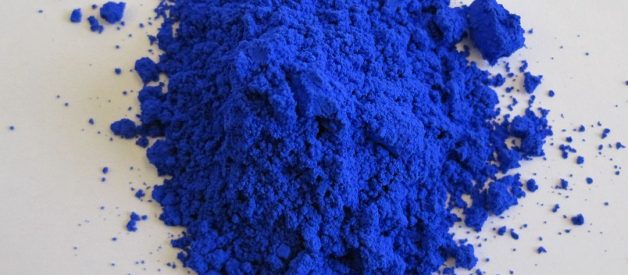
indigo
noun
– the dark blue dye obtained from the indigo plant
– a color between blue and violet in the spectrum
?the deepest indigo of the horizon?
Indigo is one of the 7 colors of the classic rainbow as dictated by the visible color spectrum.
Indigo comes from the genus Indigofera, a plant that has over 750 individual species. The most popular species is Indigofera tinctoria: true indigo. This is the plant most credited with being the origin of indigo pigment. The bright pigments, organically coming from the leaves of the plant, create a dye that is a deep blue-violet and has been used in textiles for centuries.
?The primary use is as a dye for cotton yarn. Cotton yarn is mainly used for the production for blue jeans of denim cloth. This dye is commercially used to dye those jeans and on average one pair of blue jeans need 3?12 grams of indigo.? (Green Circle Organization)
The point of contention rests on whether indigo should be its own color or an official part of the color spectrum created by Issac Newton from 1666?72. Newton, through his experiments, had discovered that light exists in several types of wavelengths. The light humans see are the wavelengths from the visible light spectrum, and originate from the sun. Newton believed that even though you only saw white light from the sun, since other colors were present in the world, other colors of light must be as well. By refracting sunlight through a prism, he was able to support his belief. The prism broke the sunlight into its seven smaller wavelengths, allowing him to see the seven colors that combine to create white light. From these seven colors came the visible color spectrum and modern rainbow. These experiments are well documented in Newton?s book Opticks.
Indigo, being a color directly between blue and violet, is so close to both colors that it?s often never recognized as indigo. As a result, many believe that indigo was never deserving to be its own color. It?s a common belief that indigo is instead a variation of blue or violet, and should reside in one of those categories.
There is speculation that Newton only included indigo in his color spectrum in order to have seven colors. This is the result of an occult belief that you needed seven colors for them to be able to combine and create white. Other?s believe Newton only used indigo because he was following the age-old pattern of sevens: the seven days of the week, the seven main planets in our solar system, etc.
However, as Newton was a renowned scientist, many believe that he was correct in his findings. Theories that support Newton consider the wavelength of indigo. On the visible color spectrum, each of the seven colors has a specific range of wavelengths. Indigo?s rests around 425?445nm (nanometers). This is a typically smaller range than other colors. Red, for example, rests at around 625?740nm, and green rests at 520?565nm. While there are such colors with a larger range, however, not all are so large. Yellow rests at 565?590nm, which is only a 25nm span, and 5 off from the 20nm span of indigo. These details support the idea that Newton possibly noticed indigo had a large enough wavelength to be considered its own color.
The truth is not proven though. Newton?s real intent of including indigo in his original color spectrum is unsure. All that we truly know is that indigo is so similar to blue and violet that it?s hard to distinguish the color from them at all. And as to whether or not it scientifically deserves to be a part of the modern color spectrum? That?s still up to debate.


